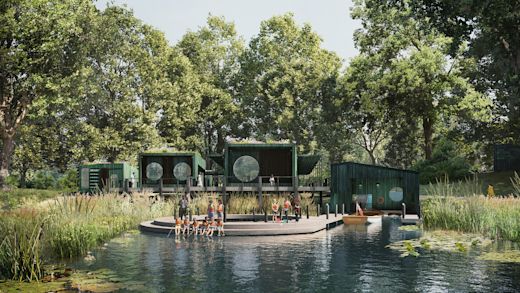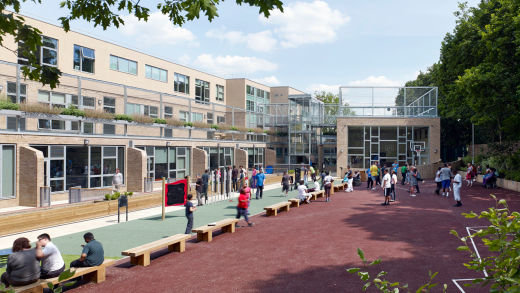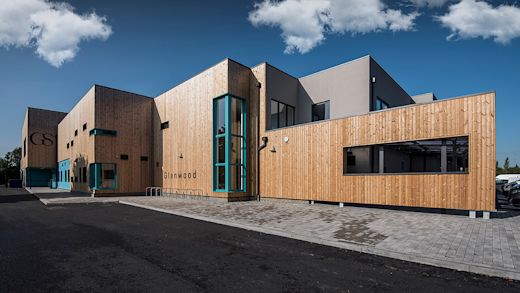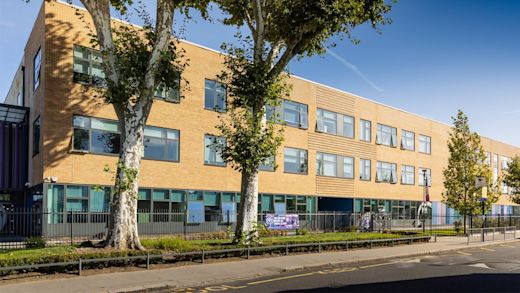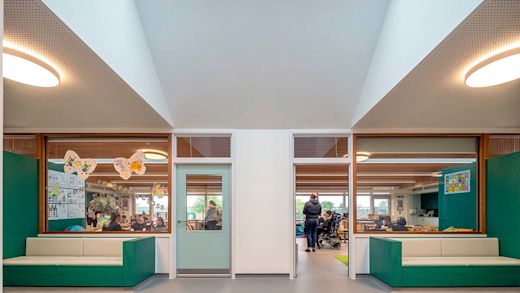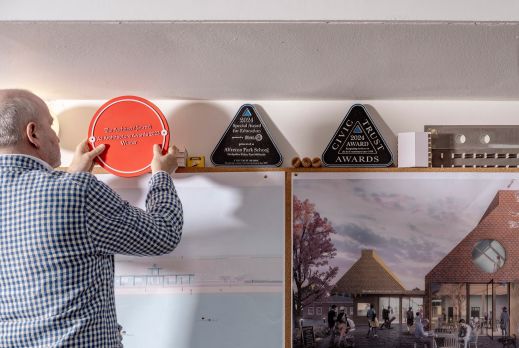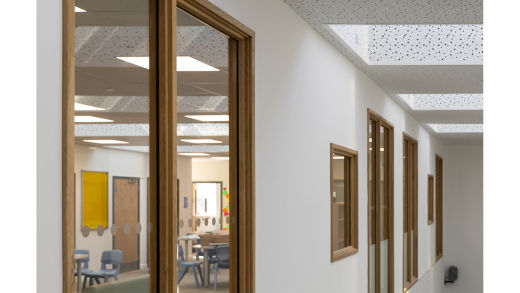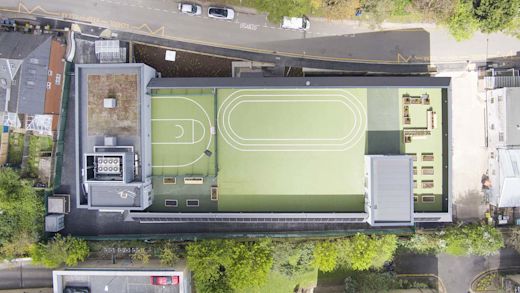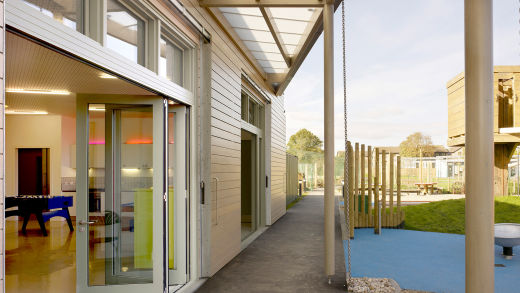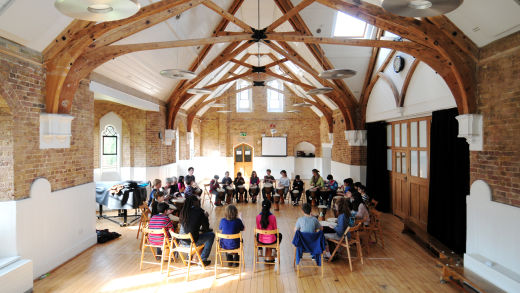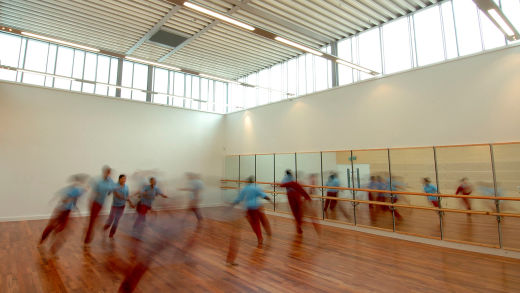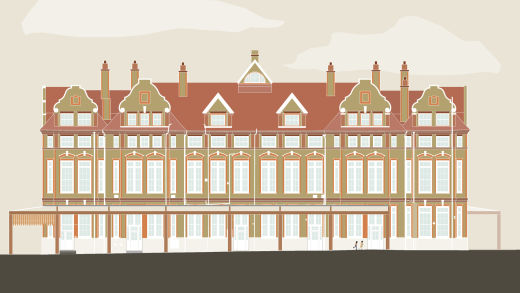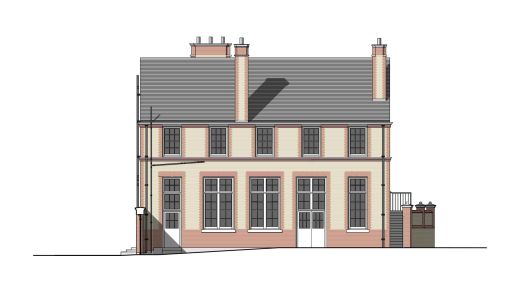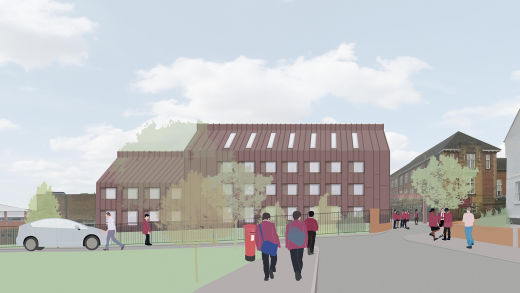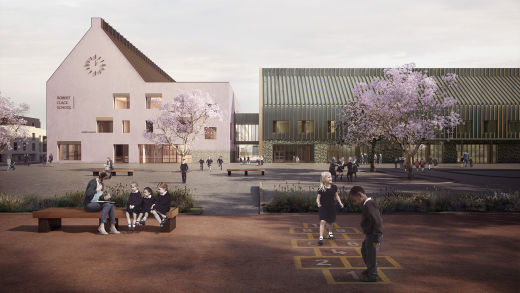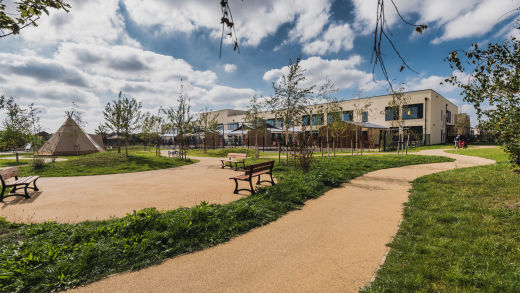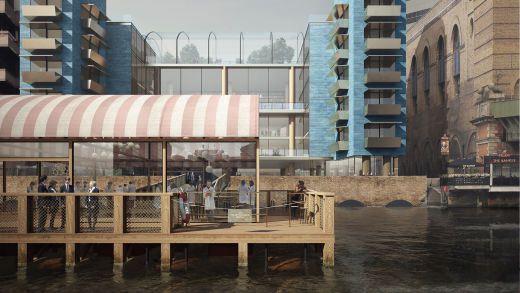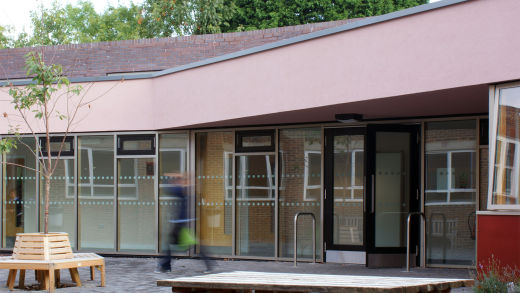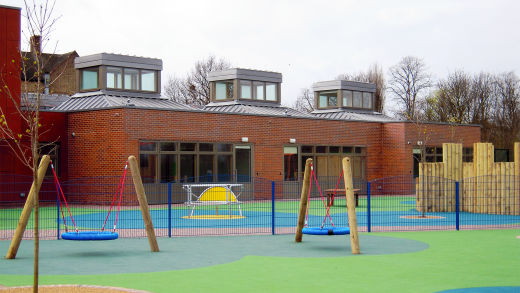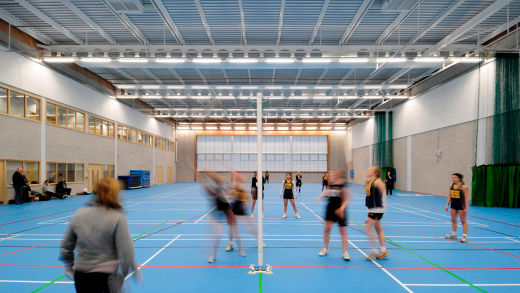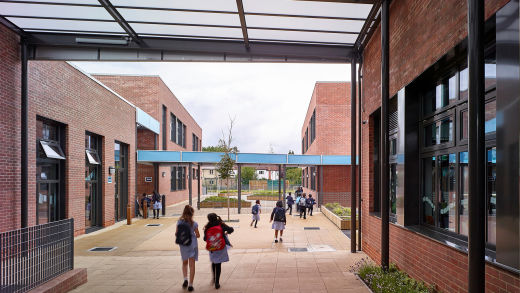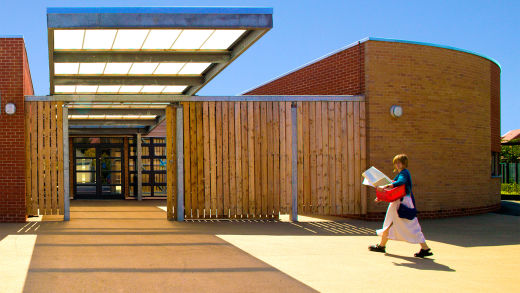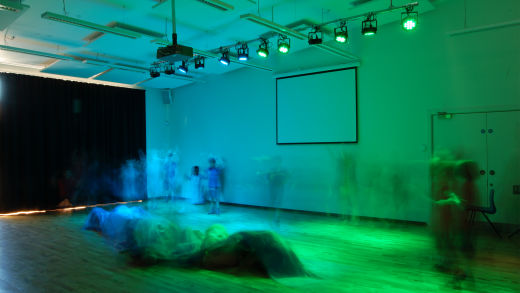Work
Thames Tidal School
City of London
Collaborators
Elementa Consulting
Professor Trevor Butler
Heart of the City
Port of London Authority
Fraser Muggeridge Studio
Forbes Massie
Press
As far west as Teddington, the power of the coastal tides is felt twice daily along the Thames, with a rise and fall of as much as 5-7 metres of water. The movement of water due to tides represents an untapped source of power that it’s high time London harnessed for good. The value to residents and visitors of this initiative will be immense: new buildings designed in keeping with their surroundings providing key amenities whilst drawing power from the tidal changes of our historic river.
Our proposal is for a riverside school providing key worker housing on its upper floors. The concept envisages a new building poised on the Thames wharf side at Cannon Street at the narrowest section of the Thames – meaning that the velocity of the tidal flow at this point will be the highest in the river. The plan is to capture this four-times daily energy through submerged tidal turbines as the primary means to supply the building with carbon-neutral power. Conceived as an exemplar of low embodied energy and carbon construction technologies, using natural and bio-renewable materials sourced through local supply chains, the design has been evaluated as viable by Elementa Consulting Engineers, Cheapside, London.
Our intention is to create a school that is a recognised centre of excellence at a European level, providing world-class facilities through its sustainable design and use of materials. The plan would provide education for 900 students, Years 7-11; with a Sixth Form for 250 students in Years 12-13. Offering specialisation in Music and Mathematics, the wide, rich curriculum will also inspire all with a life-long enthusiasm for learning.
Through exquisite design, the site becomes a focal point for the whole community; a place where students, staff, governors, parents and members of the local residential and work communities can work together for mutual benefit. More practically, the building has been designed to provide 20 units for key worker housing.
The concept lends itself to variation: for example, the area dedicated to a secondary school in the original concept can be re-envisioned as a respite and residential care for dementia patients. We are working with a local group called City Healthwatch to propose that the same building we have modelled at Cannon Street Steps would also be suitable as a three-stage dementia care and nursing home. Patients and staff would benefit from sun-filled south-facing rooms and terraces, and the fresh air setting on the river. Key worker housing could be provided to members of the city police force, or (following the Danish model) to students in higher education, because social interactions with responsible younger people can tangibly improve the quality of life of those with dementia.


